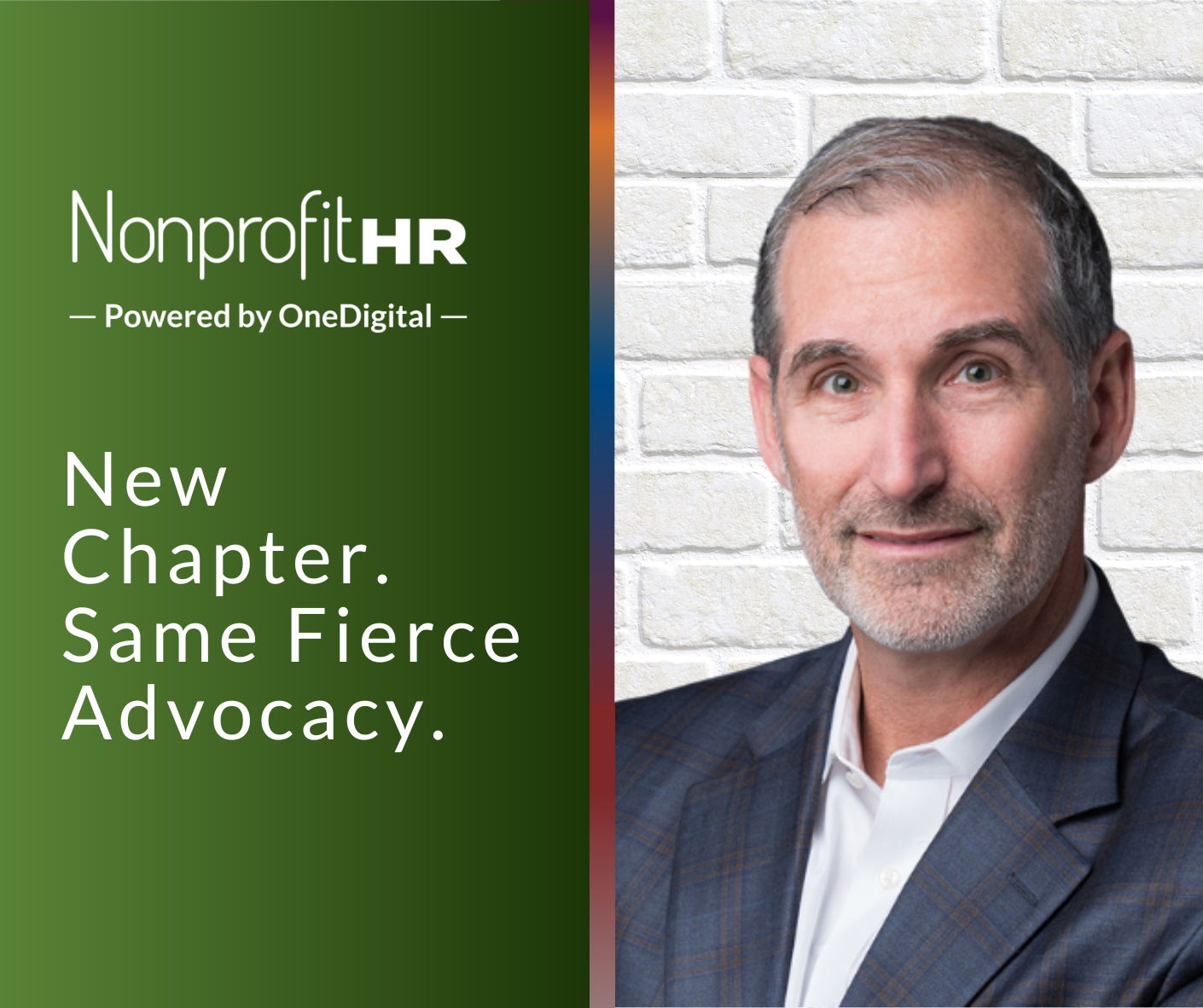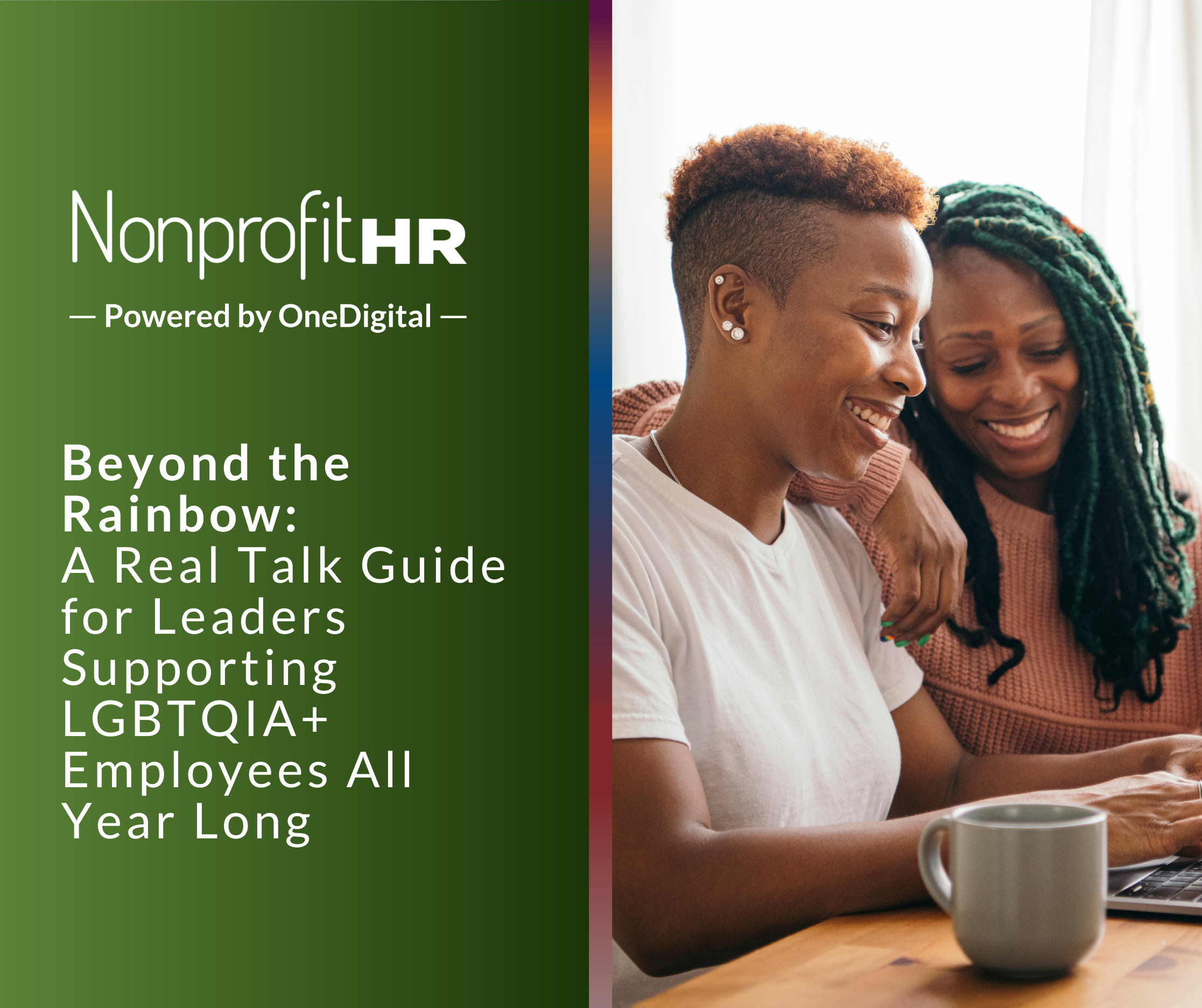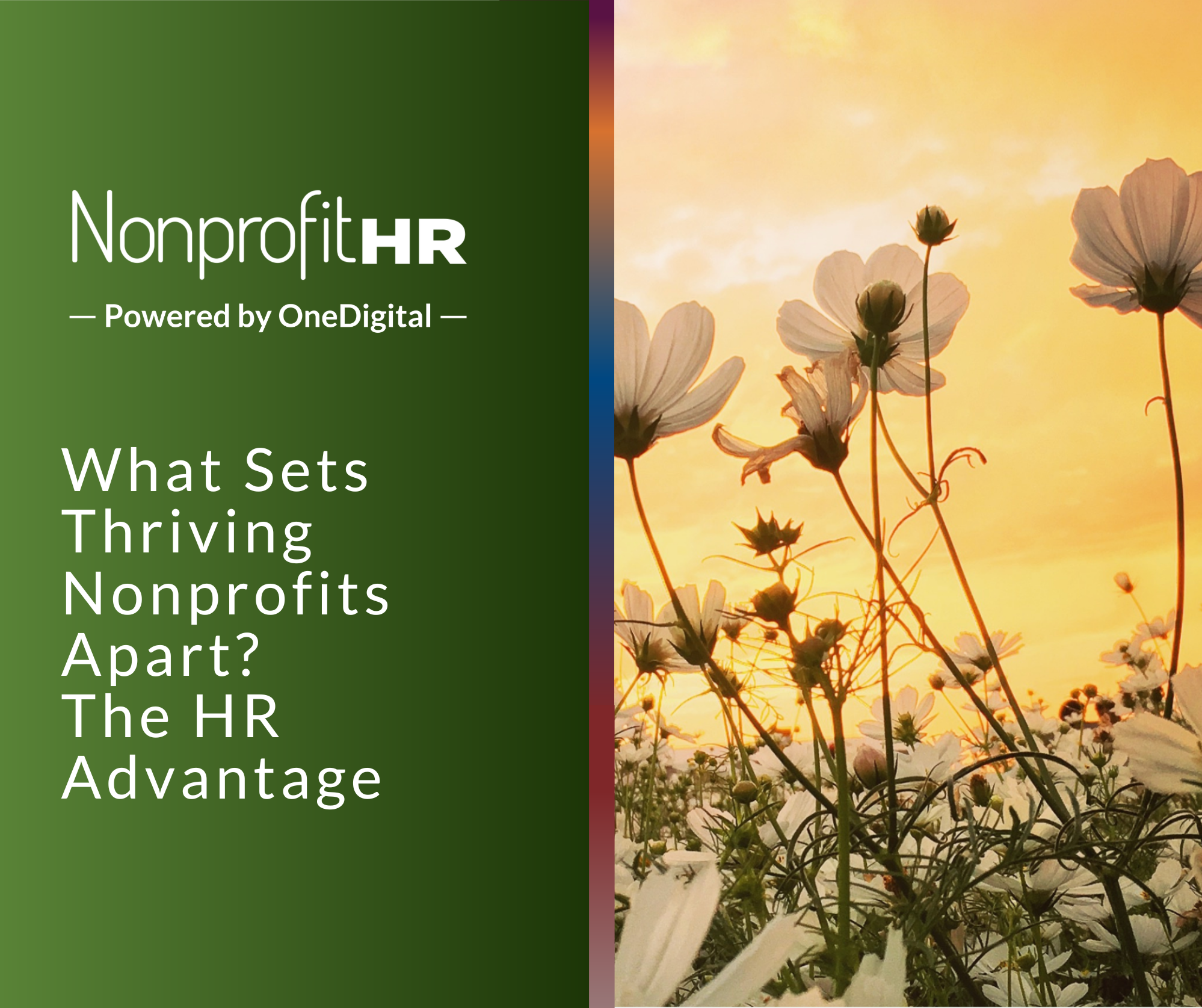WTOP: 5 ways nonprofits can…
Effective nonprofits and leaders know that adapting to the needs of their staff is an ongoing effort, and essential for meeting the needs of the communities they serve. Humans are dynamic and whether they’re long tenured or new to the organization, every individual brings a unique set of knowledge, skills, experience, approach and personality to their work.
But emerging these days is a new kind of worker: artificial intelligence (AI) that mimics several human skills, improves outputs and brings great potential to evolving the way we work. What’s essential now for successful organizations and leaders to acknowledge is that the effective integration of the two — human and digital worker — is paramount to achieving mission-driven goals.
“Worker” is a loose term in this context, given AI works only with human input and it has no labor law protections. Still, some perceive this advanced technology as a threat to the human workforce, and in some cases, it is those who are late to leverage its capabilities. AI is no substitute for human ingenuity, emotional intelligence, empathy or relationship-building, which are a few of several characteristics that influence organizational culture and the impact of mission-driven organizations. Rather, AI requires exactly this type of human input to even be rendered effective. It cannot help craft a talent management or organizational strategy without someone providing the framework for a mission, vision and organizational values.
Further, that framework can’t be designed without a human’s knowledge, creativity and intent around the needs of their organization’s beneficiaries. Our clients don’t engage us for a blanket or generalized approach to talent management; they expect customized recommendations that are informed by both our talent management expertise in the sector and an understanding of their unique people needs. That knowledge is cultivated in ways that AI cannot independently initiate.
In the same way the technology can revolutionize your organization’s program effectiveness or funder partnerships, it can elevate your talent management approach. Areas such as your recruitment and hiring strategy, onboarding program, culture assessments, performance management, learning and development plans, and much more can be better integrated and synthesized. Doing so will equip you with data to boost employee engagement and optimization. But leveraging AI still requires a human-centered leadership approach.
Human-Centered Leadership Approach
A human-centered leadership approach should be foremost to the success of any organization, especially when it comes to strategizing practices around AI. This goes back to the unique and dynamic needs of every individual. A human-centered approach accounts for an understanding of those needs, as well as the impact to those needs that may result from any organization-wide decision — before the decision is implemented.
Leadership effectiveness requires adaptability and openness to a diverse slate of personalities, backgrounds, communication styles and ways of working. If an AI integration, or any organizational decision, is done with a genuine intent to promote employee effectiveness, this ongoing assessment and adaptability to staff needs is an exercise that brings great reward, both for the organization and the individuals involved.
Mission-driven organizations most often attract people who are passionate about their work and the organization’s greater impact, making them more susceptible to “compassion fatigue” or burnout — emotional exhaustion, depersonalization, and a decreased sense of personal accomplishment. This constant state of busyness leaves little time for innovation or marked advancements.
However, these challenges aren’t insurmountable in settings where every team member feels valued and empowered, and encouraging use of AI tools to streamline processes can support this. Leaders who recognize and act on their roles, in partnership with human resources professionals, in cultivating an environment of trust through transparency, authenticity and psychological safety see positive transformations in employee engagement and productivity. These are the environments that promote ingenuity and greater advancement toward the organization’s mission.
Assess & Identify
The approach to AI — the digital worker — is not about overwhelming oneself with all its potential, features and latest iterations, so much as identifying and undoing your organization’s unique problem(s). With AI’s assistance in contextualizing and synthesizing those problems, human resources practitioners at all levels and across any functional expertise, can more readily identify the people skills needed to overcome them. Put simply, AI can create the space for organizations to cultivate new and more efficient ways of working, thereby advancing their talent management approach. Aiden Gomez, Co-founder and CEO of Cohere in Toronto, Canada, whose work is to combine human insight with the potential of AI says of the advancement: “The steam engine took the physical load off our backs. AI will do the same for cognitive load.”
To inform your approach, begin with human-centered questions: What are you looking to revolutionize as part of your organization’s mission? What knowledge, skills and abilities would empower and drive this impact? What must be understood about your community, whether by lived experiences, emotional intelligence, historical or cultural context, to shape your approach? Leaders who ask these questions seek to effectively identify the talent their organization cannot live without in the journey to learn how to best support their human workers with the digital ones.
Integrate & Collaborate
Next, evaluate ways in which AI can supplement practices across the talent management lifecycle. In the right environment, you’ll have engaged employees who are ready and willing to lend their creativity and skills to help problem-solve. From there, a leader’s imperative is to reimagine the approach to strengthening that kind of talent.
At this point, the questions to ask are: Who have we hired and how? What other talent(s) do we need to advance our mission? How do we onboard or assimilate this talent into our evolving and organizational strategy? How will we make sure they have the development opportunities, tools and resources they need to be successful? What learning and career paths are necessary for both the individual and organization’s development? What tools exist to help cultivate an employee state of well-being? How can we more quickly deploy individual solutions to our staff? What are the trends among staff turnover?
Don’t be afraid to research and experiment with different iterations of AI to help assess these needs, keeping in mind to adhere to ethical standards of AI implementation. When deployed effectively, the digital worker can increase your staff’s capacity to learn, grow and produce stronger outputs that enhance team and departmental performance as well as better meet the needs of those your organization serves.
There’s magic in the passion-driven work of nonprofits. The magic exists in the employees who believe in and drive the organization’s impact. It is this human approach that makes the nonprofit sector the third largest employable space in our economy, which further makes the case for supporting this talent with intention. CHROs must determine how to maximize a human-centered approach by embracing the needs of their staff, while also taking steps to assess the current, planned and potential use of AI across the talent management lifecycle.
In a workforce that thoughtfully integrates human ingenuity with digital efficiency, staff feel supported, and space is created to further analyze how to derive the best from their talent. You’ll gain answers to ways in which this optimization of talent can reveal all the fluid and transferable skills to achieve greater impact for the organization and the individual. This is where innovation is created and how missions are felt.
Contributing Author
Samantha Justice Kelley, ACC, CPCC, SHRM-SCP, SPHR
Managing Director, Outsourcing
[email protected]
View full bio.






























